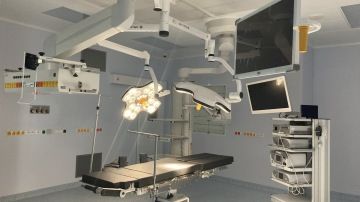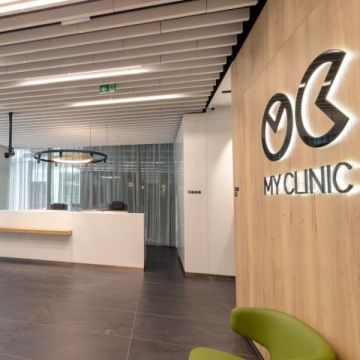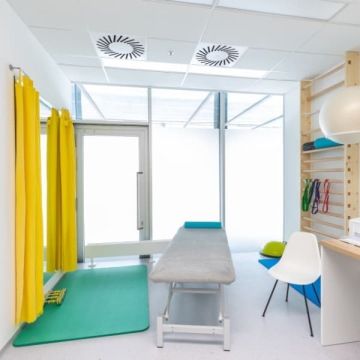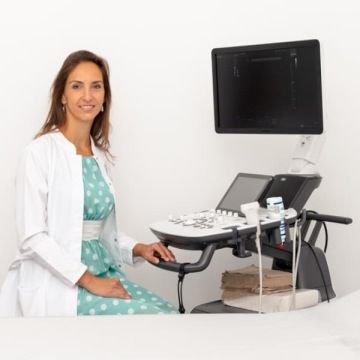Hysteroscopy of the uterine cavity
Hysteroscopy is a short gynaecological procedure in which a doctor can examine the cervical canal and the uterine cavity in detail. During the procedure, small tissue samples can be taken through the vagina for examination or minor surgery can be performed.
Hysteroscopy is performed either as a diagnostic procedure to discover the cause of a problem or as a surgical procedure to treat a known medical problem. It is most often performed in the case of suspicious ultrasound results, atypical bleeding, developmental anomalies, to remove fibroids and various polyps, biopsy and also in cases of infertility, for example.
The result of hysteroscopy as such is known immediately. Immediately after the procedure, the doctor can therefore inform the patient what has been found and whether any samples have been taken or any medical procedure performed. If so, the material obtained is sent for further examination and results are available within 10-14 days.
The procedure is performed using a hysteroscope - a short, thin metal tube with miniature optics that is inserted into the uterine cavity through the vagina and cervix. For best clarity, the uterine cavity is slightly filled with clear saline solution during the procedure. The procedure is performed with the patient lying on her back with her legs on supports and usually takes 15-30 minutes. However, in the case of surgical hysteroscopy, the length of the procedure can be up to twice as long.

Team of surgeons
Associate Professor
Dr. Jiří Hanáček, PhD
Head of Gynaecology
More information on the procedure
The procedure is performed under brief general or local anaesthesia.
After resting in the clinic, the patient can go home if there are no complications. Any subsequent treatment depends on the diagnosis.
After the procedure, there may be a feeling of pressure in the lower abdomen, which will subside relatively quickly. There is also a slight bleeding that disappears spontaneously within one or two days after the hysteroscopy. Bathing or swimming should be avoided for 1-2 weeks to minimize the risk of inflammation or infection. After a diagnostic hysteroscopy, avoiding sexual intercourse for one to two days after the bleeding has stopped is recommended. The postoperative regimen after a surgical hysteroscopy is usually up to three weeks, depending on the type and extent of the procedure performed.
The price range for the procedure is from CZK 14.000 to CZK 20.000, including anesthesia (or analgosedation) with post-procedure rest/hospitalization.
How our clients rate us
Minimally invasive, maximum care
One-day surgery is a concept that involves non-emergency surgical procedures. Its advantage is quick recovery and minimal pre- and post-op stress.
A modern and comfortable environment
Our clinic is designed with your comfort and safety in mind. We combine modern technologies with a friendly environment to make every visit as pleasant as possible. Come explore our premises, which are as enticing as they are functional.
Are you interested in an examination for the procedure?
Contact our clinic.
Client line: +420 222 900 900








